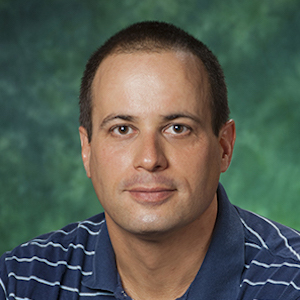Application Timeline
Applications for the 2024-2025 TEXAS Cohort are closed. If we receive continued support from the NSF, applications for the 2025-2026 TEXAS Cohort will be open in late fall. Review of applications will begin on March 15.
Interviews will be conducted in late March through April until both positions are filled.
Bridge fellows are expected to begin the program at the beginning of June.
Eligibility
Bridge fellows must have completed a BS or BA in Physics, Astronomy, or a related field from an accredited college or university by the time the program starts (June 2024). Bridge fellows must be legally authorized to work in the United States. We particularly encourage applications by individuals from groups that are historically underrepresented in astronomy and astrophysics.
Components of the Application
- Curriculum Vitae (CV)/Resume
- Personal Statement: a statement (up to two pages) describing your research interests, experiences, and motivation for applying to the bridge program.
- Transcripts: both unofficial and official undergraduate transcripts are acceptable.
- Letters of Recommendation: only one letter of recommendation is required but up to three are accepted. We recommend reaching out to academic advisors, research advisors, internship supervisors, mentors, teachers, or employers.
CV/Resume, personal statements, and transcripts should be submitted here. Letters of recommendation should be emailed directly to texas.paare@gmail.com.



